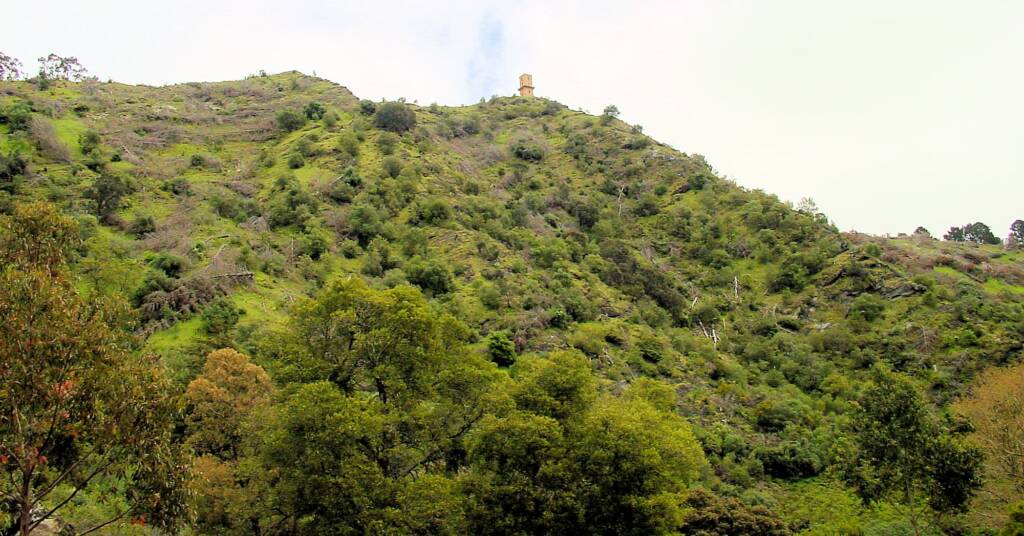Mount GambierAttractions The Blue Lake Indigenous History
Situated between Adelaide and Melbourne, Mount Gambier is the commercial centre of the south east region of South Australia. Proclaimed as a city on the 9th December, 1954, it is set in a ancient landscape of volcanic craters, lakes, caves and underground waterways.
The streets and buildings of the city are built around the slopes of an extinct volcano, some 27 km from the Southern Ocean, with the city almost to the lip of the “Blue Lake”.
Mount Gambier and its neighbouring Mount Schank were first sighted and name in 1800 by Lieutenant James Grant, whilst on a survey mission, in command of the brig HMS Lady Nelson. It wasn’t until 39 years later that Stephen George Henty became the first white man to gaze upon the lake that existed in the crater of Mount Gambier.

Soon after, settlers and pastoralist settled in the area, attracted by the rich volcanic soil of the surround plain. In the early days, founded by Hastings Cunningham, the town was known as Gambiertown. In 1854 Cunningham subdivided a section of 77 acres for town purposes. Government agencies and private landholders continued the orderly development. The first Town Council was formed in 1876, and continue to grow right through to it being declared a city in 1954.
Today, the volcanic lakes region of Mount Gambier is a State Heritage area. The Blue Lake, which is one of the lakes within the three craters of the volcano, services the needs of the city as a source of potable water.
Many thousands of tourist visit Mount Gambier to explore the region, and take the opportunity at seeing the Blue Lake. The colour of the water in the lake changes through the year from grey to an intense blue of startling beauty, in late November. As summer transitions through to winter, the colour of the lake fades, taking on a grey appearance during winter.
Source: City of Mount Gambier
Footnote & References
- The Grapevine Adam Dimech’s Blog – The Umpherston Sinkhole. Retrieved 15 July, 2012
- Government of South Australia: Heritage Places Database Details – Umpherston Sinkhole. State Heritage ID 14734, Heritage NR 13675, ID cod H3810019. Retrieved 15 July, 2012
- Mount Gambier Tourism: Fact Sheets – Heritage & History – Mount Gambier & Lady Nelson History Timeline. Retreived 15 July, 2012
Mount GambierAttractions The Blue Lake Indigenous History
South AustraliaAdelaide Hills Alberrie Creek Algebuckina Bridge Belair National Park Kangaroo Island Kanku–Breakaways Conservation Park Mount Gambier Oodnadatta Oodnadatta Track Orroroo Port Augusta Port Germein Wabma Kadarbu Conservation Park William Creek Wilpena Pound Witjira National Park Woomera
